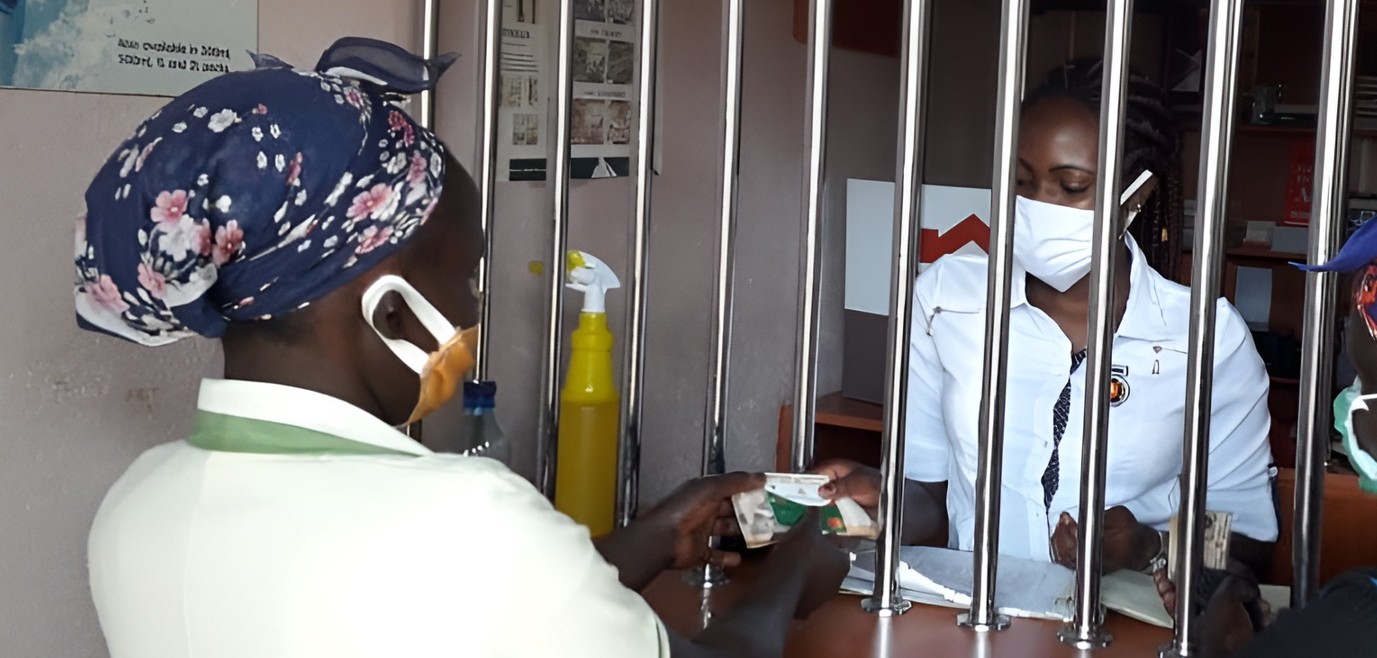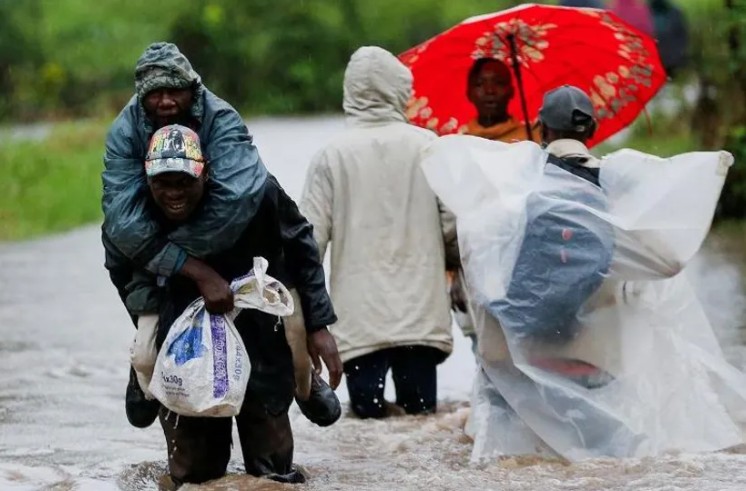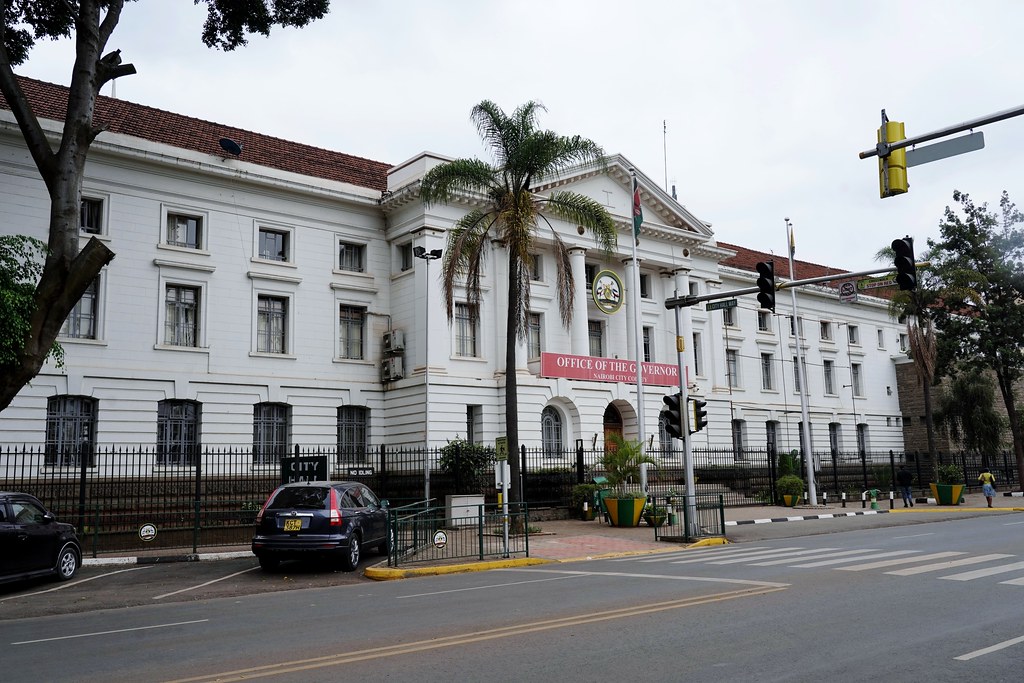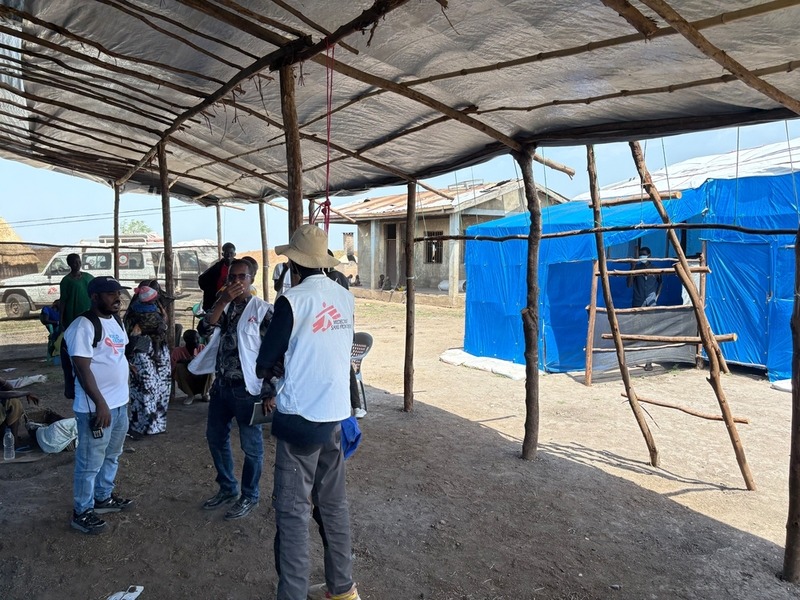West Africa’s hazardous winds: Harmattan carries more than dust – it also spreads disease
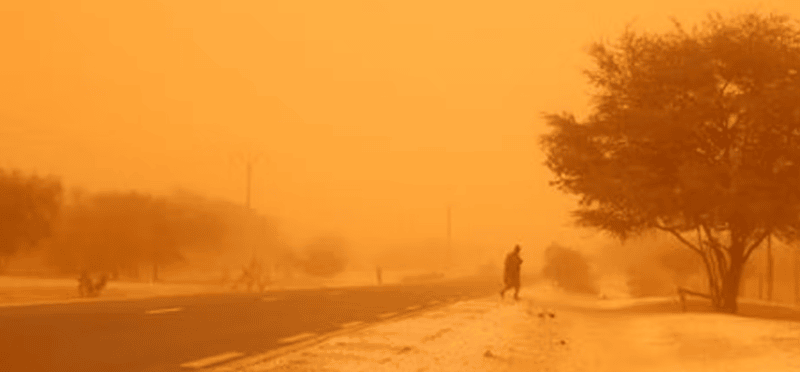
It’s important to strengthen impact observation networks across west Africa and enhance air quality monitoring, especially in urban areas, where local pollution can worsen the dangers of dust and Harmattan heat.
Story by: Christophe Lavaysse
Every year, from December to April, the Harmattan sweeps across Africa. This cool, dry and dust-laden wind gets its name from haramata, a word in the Ghanaian language Fanti.
More To Read
- Guinea sets December 28 presidential election after constitutional changes
- Will ECOWAS meet its 2027 currency launch goal?
- Africa’s freshwater ecosystems depend on little creatures like insects and snails: Study maps overlooked species
- Highways to hell: West Africa’s road networks are the preferred battleground for terror groups
- Humans lived in African rainforests 150,000 years ago, far earlier than believed -new research
- Amadou Bagayoko: Blind Malian musician whose joyful songs changed West African music
The wind originates from high-pressure systems over the Sahara, south of Algeria and Libya, and north of Mauritania, Mali, Niger and Chad. It significantly alters the climatic and environmental conditions of the region it crosses.
The Harmattan’s effects go beyond reduced visibility and dryness. It has an impact on human health, agriculture and ecosystems.
Our research explores weather and climate hazards and their impacts on various sectors in west Africa, including dry and wet periods. In this article, we explain what the Harmattan is, its causes, when and how it occurs, and its impact on public health in affected regions.
The origins of the Harmattan
During the boreal (northern hemisphere) winter (October to March), large-scale components of atmospheric circulation shift southward.
In west Africa, this causes the inter-tropical convergence zone — where moist air from the south meets dry air from the north — to migrate from the Sahel towards the Gulf of Guinea. These airflows are well known: the monsoon in the south and the Harmattan in the north. From December to late March, nearly all of west Africa falls under the influence of the Harmattan (see figure).
The formation of the Harmattan is driven by a significant difference in atmospheric pressure. To the north (around 30°N), a high-pressure belt — such as the Azores High — pushes down dry air from high altitudes.
To the south, near the equator and the sun’s azimuth, low-pressure zones create frequent storms. Large-scale, steady winds develop between these contrasting regions, flowing close to the surface. These winds exist throughout the year across the tropical belt. Over the ocean, these winds are known as the trade winds, which sailors have long relied on for transatlantic navigation from east to west.
How the air dries out
The air masses carried by the Harmattan come from high altitudes. They dry out as they rise. As these masses move southward toward the equatorial low-pressure zones, they pass only through hot and dry regions like the Sahara and Sahel, so they remain dry. Areas affected by the Harmattan experience significant dryness, unlike the rainy season when the monsoon wind (from the south) prevails.
The air masses are affected by a strong pattern of cool nights and extremely hot days, particularly in March and April. At night, the cooler surface temperatures create a stable atmospheric layer, limiting vertical air movement. This stability reduces the vertical layer where the Harmattan blows. As a result, winds intensify, especially in the early morning.
The stronger nighttime winds, known as the low-level jet, occur over dry, erosion-prone soils, particularly in regions like the Bodélé Depression in the Chadian Sahara. The combination of powerful winds and erodible soils makes this area the primary source of desert dust in west Africa. It is recognised as the world’s most productive region for generating fine dust particles.
Effects on health
The Harmattan, a dry, cool wind filled with dust, microbes and parasites, has significant health impacts. It is linked to numerous conditions affecting the skin and mucous membranes of people and animals. By degrading air quality, it can also contribute to respiratory infections such as bronchitis, pneumonia and asthma.
The Harmattan facilitates the spread of diseases, such as influenza. It also facilitates the proliferation of Mycobacterium tuberculosis, the bacterium responsible for tuberculosis, a severe illness, as well as meningococci, which cause meningitis. This disease is particularly common in Sahelian countries.
Research has quantified the Harmattan’s impact on air quality and public health. Studies show a 15% increase (annual average) in fine dust particle concentrations during the recent years has been linked to a 24% increase in infant mortality.
The Harmattan also affects local ecosystems, causing significant surface water evaporation and accelerating soil erosion. Its dust-laden winds can create visibility issues for aviation and reduce the efficiency of solar farms by coating photovoltaic panels with dust and haze.
Protection from the wind
Extensive research and measurement campaigns have been carried out to better understand dust plumes, including their formation, transport and impacts. These efforts have contributed to improving data on dust plumes, especially through the European Copernicus programme.
At the end of the Harmattan season, around April, air quality declines and high daytime temperatures worsen respiratory problems, particularly during heat waves. This makes accurate predictions more crucial to inform and protect vulnerable populations.
Scientists and meteorological services in Sahelian countries are developing user-friendly indicators and simplified early warning systems.
People can then take some steps to protect themselves, such as covering the mouth and nose with a scarf, using saline solutions to moisten the airways, and getting vaccinated when possible.
It’s important to strengthen impact observation networks across west Africa and enhance air quality monitoring, especially in urban areas, where local pollution can worsen the dangers of dust and Harmattan heat.
Top Stories Today











